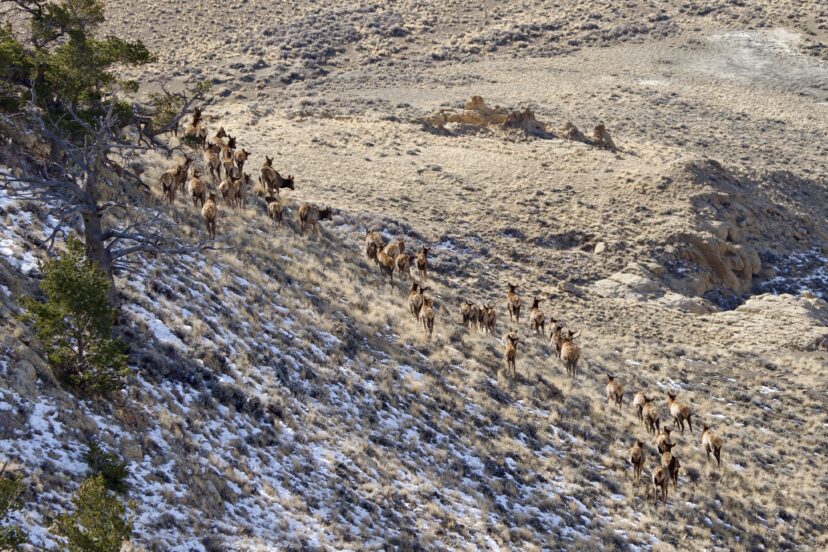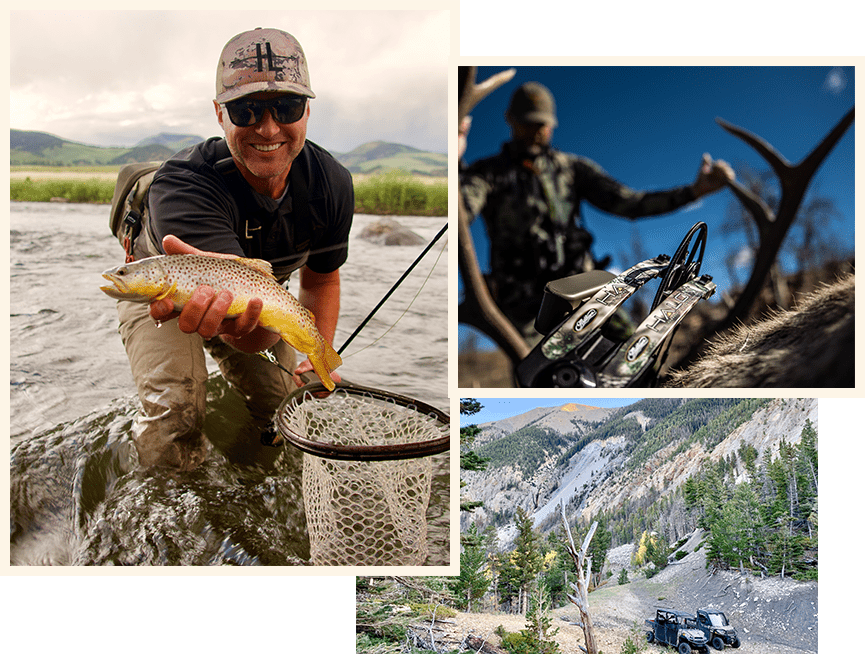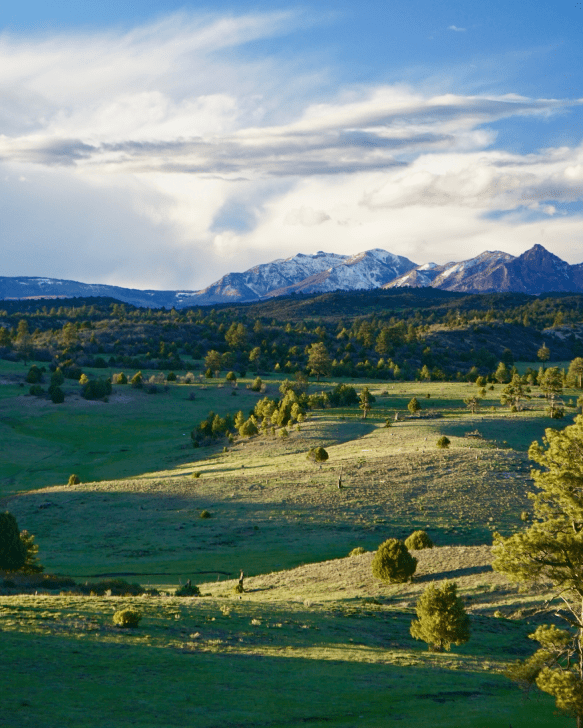Elk are well-adapted to survive harsh western winters through a combination of physical adaptations, behavior, and habitat use, which often includes migration to lower elevations on private ranches. Here’s how they manage:

Physical Adaptations
1. Thick Winter Coat: Elk grow a dense, insulating winter coat with hollow guard hairs that trap air for added warmth. This helps them retainbody heat even in freezing temperatures.
2. Fat Reserves: During the summer and fall, elk build up fat reserves by consuming abundant vegetation. These reserves provide energy during the lean winter months.
3. Efficient Metabolism: Their metabolism slows in winter, allowing them to conserve energy and survive on less food.
Behavioral Adaptations
1. Seasonal Migration:
• Many elk migrate from higher elevations to lower valleys, often on private land, where temperatures are milder, and snow is less deep. A large percentage of elk and other big game animals spend the winters on private western ranches. As such western landowners play an integral part in survival rates for big game animals.
• In regions with heavy snowfall, they seek out wind-swept ridges, open meadows, or south-facing slopes where snow is less likely to accumulate.
2. Energy Conservation:
• Elk reduce unnecessary movement to conserve energy.
• They often bed down in areas with wind protection or direct sunlight to stay warmer.
3. Foraging Strategies:
• Elk shift their diet from summer grasses and forbs to winter browse, such as shrubs, twigs, bark, and evergreen plants.
• They use their large hooves to dig through snow to reach vegetation below.
Habitat Use
1. Thermal Cover: Elk seek forests with dense coniferous trees that provide shelter from wind and deep snow.
2. Water Sources: They stay near accessible water, though they require less water in winter as they obtainmoisture from snow and vegetation.
3. Avoiding Predators: Elk remain ingroups for safety, as winter is a time of increased predation from wolves and other carnivores.
Challenges
Winter survival is a balance of conserving energy, finding food, and avoiding predators. Harsh winters with deep snow or extended cold can increase elk mortality, especially for calves and older individuals. However, their adaptability and social behaviors enable most elk herds to endure until spring.


